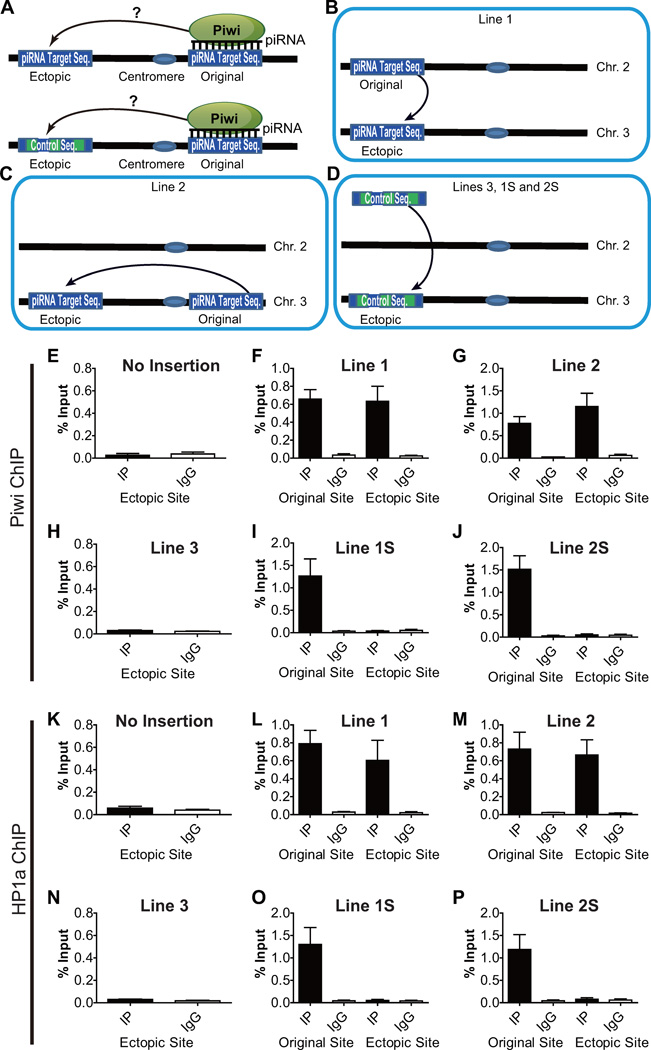Figure 3. Ectopic piRNA target sequences recruit Piwi and HP1a de novo.
(A) A diagram depicts the experimental design of the ectopic recruitment assay for Piwi-piRNA complexes.
(B–C) Two piRNA target sequences (originally located in 2L and 3R) were inserted to the same genomic location (cytoband 68A4 in 3L) via Phi31C recombination-based site-specific transgenic system. The resulting transgenic strains were referred as Line 1 and Line 2, respectively.
(D) An exogenous LacI sequence of similar length or same tandem-arrayed copies of scrambled sequences for Line 1 or 2 was also inserted to the same ectopic site as negative controls. The resulting transgenic strains were referred as Line 3, 1S, and 2S, respectively.
(E–J) Piwi is ectopically recruited to piRNA target insertion site. Piwi is not present in the ectopic site before the insertion (E), but is recruited to ectopic piRNA target insertion sites at a comparable level of enrichment as in the original sites in Line 1 (F) and Line 2 (G). Negative control lines (H–J) did not show any Piwi recruitment. IP: ChIP using antibody against Piwi. IgG: ChIP using non-specific IgG. Error bars in E-P denote S.D.
(K–P) HP1a is not enriched in the ectopic site before the insertion (K), but is also recruited to ectopic piRNA target sequence insertion sites in both Line 1 (L) and Line 2 (M), but not in negative control lines (N-P). IP: ChIP using antibody against HP1a. IgG: ChIP using non-specific IgG.

